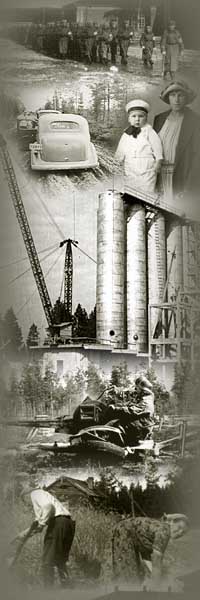 |
 |
|
Summary:
Henry Oinas-Kukkonen & Mikko Myllykangas,
Network theory in historical research: approaching the US–Nosaka network through network theory
In this article, we apply network theory to the formation of a link between the US and a major Japanese
Communist leader, Nosaka Sanzô, in 1944 – 1946. Linking can be approached on a social as well as on an
ideological level. The significance of an individual node is based on its number of links. From the US point
of view, Nosaka could be seen as a hub, a node with several links. Nosaka also had strong links to ideological
principles, which were important to the US. However, it is problematic to apply network theory to historical
research. Since we are not familiar with all historical facts, i.e. the links and nodes in a network, we cannot
presume to map a historical network precisely.
When compiling networks, data are usually categorized by a binary scale. Binary scaling does not reveal the whys
and wherefores behind human actions. Instead of a binary conceptualization, we end up in a situation in which the value
of a link is virtually 0 and 1 simultaneously. An analysis that aims to conform with the laws of network theory results
in a new but still incomplete comprehension of the past. A network theoretical analysis relies partly on the number of
links of a node: the more links a node has, the more important it becomes in the network. Counting the links of a node
necessitates that the links are identical. However, the links in a historical situation should not be regarded as identical.
Hence, the number of links cannot be considered as the only reason for an action. Combining network theory and historical
research easily leads to contrafactuality. Of course, one can ponder over the options that people had in the past, but
speculations of this kind eventually do not increase the reliability of reconstructed history.
Even though there are noteworthy epistemological problems in applying network theory to research of history, its
contribution is not reduced to nil. Utilization of the concepts of network theory and the conception of interaction as a
network gives historians new insight into the research area.
Faravid
31/2007
|
 |